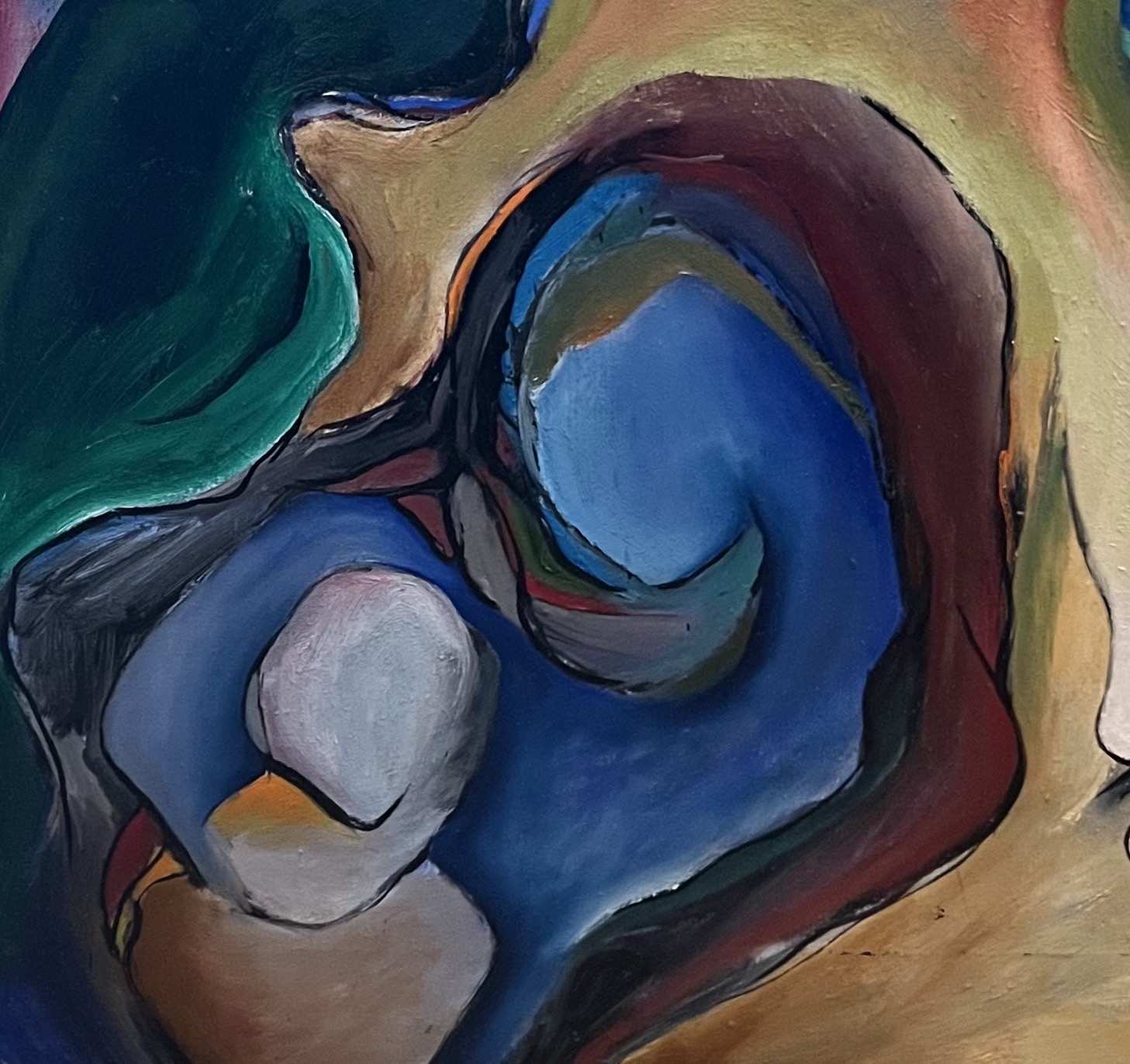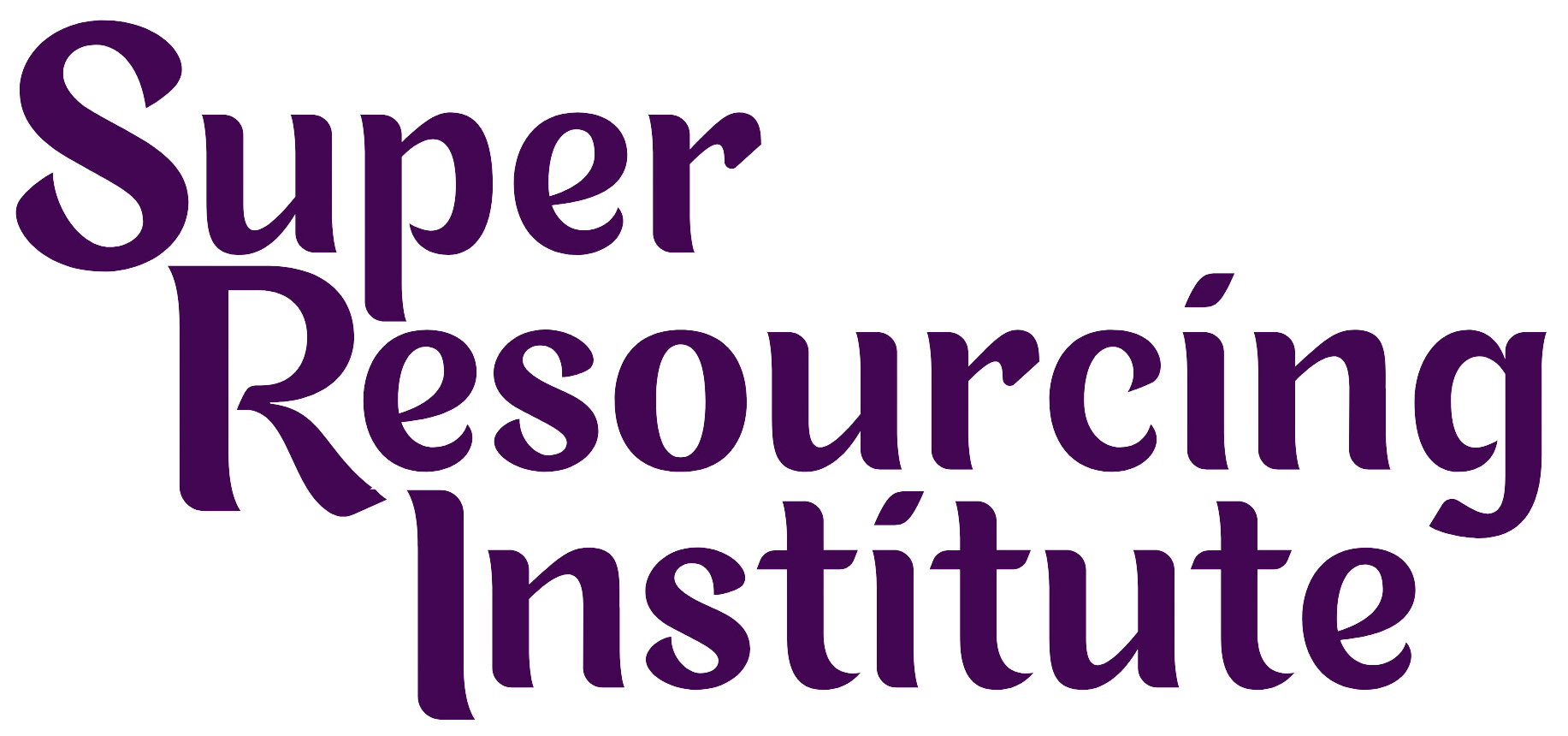Training Courses
Livestreamed Training Courses
Learn Super Resourcing in real-time.
Below, please find a calendar of all upcoming online courses. Please click on each course for additional information and to register.
For questions or to request a personalized training course for your practice, please contact us.
Home-Study Webinars
Available on-demand for your convenience.
The following courses are available in a self-paced format so you can take them at any time while on the go.

Introduction to Super Resourcing
An EMDR Strategy for Healing Attachment Trauma
2.5 EMDRIA Continuing Education Credits
About the Course
In this introductory webinar, an understanding of Super Resourcing and its procedural steps is explored through lecture, PowerPoint, client videos, and guided experiences. Downloadable handouts are provided, and an opportunity to receive EMDRIA certification will be offered at the end of the course after a short quiz.
Abstract
Super Resourcing (SR) is an innovative and effective protocol for healing attachment wounds. It offers a new way of thinking and healing attachment trauma and attachment issues repair. Accelerated Information Processing (AIP) is a key factor in understanding the efficacy of EMDR. All three negative neural networks (sensation, emotion, and cognition) are activated with bilateral stimulation; the consequence is a more complete and time-efficient resolution. Super Resourcing is based on my discovery that the AIP model is just as effective in potentiating the positive matrix (sensations, emotions, and cognitions) as it is with the negative matrix.
SR is an expansion of the Resource and Interweave phases of EMDR. SR differs from EMDR in that it focuses on the person who experienced a trauma rather than the trauma itself. The neurological integration of positive resources facilitates an enhanced present-time experience of self. It maximizes the development of new and more positive neural networks. Drawing upon Attachment and Ego State theories, wounded parts are invited into and healed within the neurologically potentiated resource field. Resolving the attachment wounds interwoven in a trauma unfixes it in the client’s psyche and it processes more easily; less resistance, dissociation, and looping occurs. When the attachment wounds are addressed and resolved, there is a corresponding decrease in the disturbance associated with the trauma. A systematic experience of well-being allows dissociation and fragmentation to heal and an experience of present-time wholeness becomes possible. SR challenges the assumption that reprocessing traumatic memories is necessary for their resolution. SR frequently takes the trauma out of trauma processing. Consequently, it is applicable to a wider range of clients for whom EMDR may not have been indicated.
Learning Objectives
- Define Super Resourcing and its roots in the EMDR tradition
- Review relevant brain science and the power of positive ideation
- Contrast similarities and differences between EMDR and SR
- Examine SR’s six applications
- Explore SR’s four phases and procedural steps
- Discuss integration of attachment and ego state theories
- Exemplify SR through client video clips and a guided SR session

An EMDR Strategy for Treating Attachment Trauma
Presented by PESI, Inc.
6+ Continuing Education Credits
See course description under “Credit” tab on PESI website for state and license CE information.
About the Course
In this course, students will learn to:
- Evaluate the historical evolution of EMDR’s Phase Two Resourcing
- Employ an integrative approach to EMDR Resourcing by incorporating ego state psychology and attachment theory
- Utilize a four-phase EMDR Resourcing strategy for resolving attachment wounds without having to process trauma directly
- Develop fully installed positive resources through EMDR’s Accelerated Information Processing (AIP) to promote ego strengthening and development of a new positive narrative
- Employ five applications of EMDR Resourcing to address different clinical presentations of attachment trauma
- Utilize EMDR Resourcing to lower the occurrence of resistance, dissociation, looping, or stuck processing and open the door to a wider range of clients who struggle with trauma work
Course Description
I’ve witnessed the power of EMDR in the treatment of trauma again and again. Yet, for all I’d seen it achieve, I wasn’t getting the same results for my clients who suffered from attachment wounding. Their symptoms such as an inability to experience essential trust or feelings of deep seated abandonment continued to exist.
That’s why I began enhancing Phase Two of EMDR by integrating ego state and attachment-based interweaves into the processing.
The outcome? I found I could more successfully treat attachment wounds by attending to the part of the client who experienced trauma, rather than focusing on the trauma itself. Not only was the approach effective it opened the door to clients who couldn’t previously tolerate deep trauma work.
Watch me in this one-day seminar and get step-by-step instructions for this EMDR resourcing strategy so you can take your EMDR therapy to the next level.
Complete with clinical applications and videos from actual client sessions, you’ll discover how to:
- Create the experience of safety, protection and guidance so critical to good therapy
- Reduce trauma symptoms without clients having to process trauma directly
- Guide clients in creating their own corrective emotional environment consisting of installed resources and their accompanying positive sensations, emotions and cognitions
You’ll also receive a group guided session that will deepen your understanding of the material.
So many of our clients are dealing with the legacy of traumatic attachment injuries. Learning this resourcing strategy is an opportunity to make their treatment more successful.
Course Outline
Super Resourcing: Enhancement of Phase Two of EDMR
- Review of the history of EMDR resourcing.
- Review of Trauma, Attachment and Ego State theories
- Review of EMDR
- The power of neurologically installed positive ideation
- The clinical impact of working within a positive resource matrix
- EMDR research, risks and treatment limitations
A Four Phase Strategy to More Effective Resourcing
- Preparation
- Developing and installing positive resources for wounded parts to create an inner experience of safety, nurturance, protection and guidance
- Linking together ego states, resources and their accompanying positive sensations, emotions, and cognitions
- Closure and reinforcing new positive narratives
Clinical Applications
- Preparation for EMDR and other modalities
- Potentiating EMDR Positive Interweaves and Cognitions
- Neurological installation of positive insights, memories, emotions, and sensations
- Treating distressing symptoms of attachment wounding
- Special populations/issues (addiction, insomnia, etc.)
Benefits of Client-Centered Embodied Resources
- Resource/attachment focus vs. trauma focus
- Transform disturbance in a positive resourced field
- Stabilization and integration of structurally dissociated parts
- Enhancement of present time experience of self
- Development of a new positive narrative; leaving the past in the past
Direct Experience and Guided Session
-
- Case studies
- Client video clips
- An annotated full client session
- Experiential learning through a group guided session
